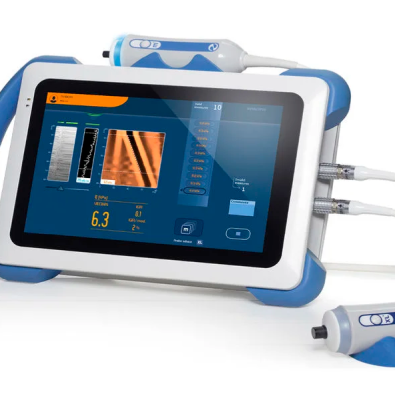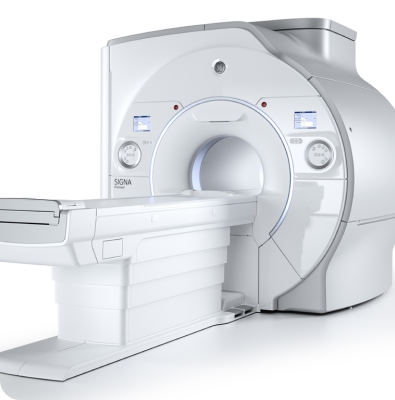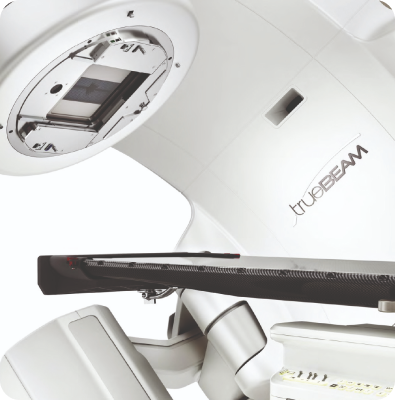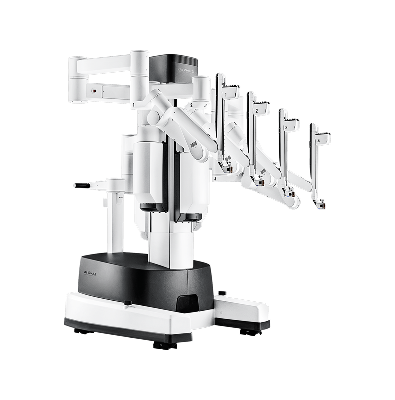Who Is a Colorectal Surgeon?
The colon, rectum, and anus — together known as the large intestine — form the final part of the digestive system, measuring approximately 145–150 cm in length. This region is the source of many cancers as well as non-cancerous diseases. Although remarkable advances have been made in treatment over the past century, surgery remains the gold standard in the management of diseases affecting this area.
Colorectal cancers are the third most common cancers worldwide and in Türkiye. Non-cancerous conditions such as ulcerative colitis, Crohn’s disease, diverticular disease, and chronic constipation significantly impact quality of life and are classified among non-malignant colorectal disorders.
Proctologic diseases — including hemorrhoids, anal fissures, fistulas, abscesses, warts, anal pain, anal stenosis, keyhole deformity, pruritus ani (anal itching), and pilonidal sinus (ingrown hair cyst) — also fall under the field of colorectal surgery.
Other disorders involving the pelvic floor, such as rectocele (rectal herniation), internal and external rectal prolapse, and pelvic floor dysfunction, can lead to constipation or fecal incontinence. These conditions also fall within the scope of colorectal surgery.
The rapid evolution of surgical techniques — including the introduction of laparoscopic and robotic methods alongside open surgery — has made it essential for surgeons to specialize in organ-based approaches such as colon, rectum, and anus surgery. Missing even a minor detail in the treatment of these diseases may result in lost opportunities for optimal patient outcomes.
In conclusion, a colorectal surgeon is a general surgeon who exclusively focuses on these diseases, conducts scientific research and publications in this field, and performs related surgeries as part of their daily clinical practice.
Colon and Rectal (Large Intestine) Cancers
Colon Cancer
Colon cancer is the third most common cancer worldwide and in Türkiye. Surgery remains the gold standard for treatment and success. Surgical techniques can be performed using open, laparoscopic, or robotic methods.
Rectal Cancer
Modern rectal cancer surgery focuses on organ- and sphincter-preserving approaches.
- Organ-preserving approach: For patients with tumors located close to the sphincters who show a complete clinical response to chemoradiotherapy, a non-surgical follow-up strategy known as “watch-and-wait (WW)” can be offered.
- Local excision with TAMIS: In selected rectal tumors, Transanal Minimally Invasive Surgery (TAMIS) allows local tumor removal through the anal canal while preserving the rectum.
- Sphincter-preserving surgery: For tumors located very close to the anus, the Transanal Total Mesorectal Excision (TaTME) technique helps avoid a permanent colostomy. This approach reduces permanent stoma (bag) rates from 25–40% to as low as 2–3%, allows laparoscopic or robotic completion of the procedure, and provides better preservation of sexual and urinary functions compared to other methods.
Inflammatory Bowel Diseases
Ulcerative colitis and Crohn’s disease are chronic conditions that impair quality of life, may lead to life-threatening complications, and have the potential to progress to cancer. Timely and appropriate surgical intervention is crucial for maintaining optimal quality of life.
Diverticular Disease
Diverticular disease, most commonly affecting the left side of the colon, can cause abdominal infection, bleeding, abscesses, and fistulas, significantly impacting quality of life. Improper management may result in the need for a colostomy. To minimize complications and maintain quality of life, surgery should be planned appropriately and performed at the right time.
Proctologic (Anal Region) Diseases
Hemorrhoidal Disease
Hemorrhoidal disease occurs when the normal hemorrhoidal veins in the anal canal become deformed due to internal and external factors. It typically causes bleeding and hygiene problems. While surgery offers the best long-term results, postoperative challenges have led to the increased use of non-surgical methods, such as Doppler-guided artery ligation, laser therapy, band ligation, and sclerotherapy.
Anal Fissure
Anal pain is the primary symptom of an anal fissure, commonly known as a “tear” in the anus. Although surgery remains the gold standard for treatment, Botox injections—performed in an outpatient setting—have become an effective alternative for patients where surgery may risk sphincter injury.
Anal Fistula
An anal fistula is an abnormal tract between the rectum/anus and the skin, leading to unwanted discharge and infection. It is a complex and often recurrent condition. Treatment depends on the fistula’s path, type, and location. Surgery provides the best results in selected cases, while simpler fistulas may be treated with laser or endoscopic methods. In complex or infected cases, the placement of a seton (a surgical thread) may be necessary.
Pilonidal Sinus (Ingrown Hair)
Pilonidal sinus occurs near the tailbone when hair follicles penetrate the skin and form a cavity, causing infection, abscesses, and hygiene issues. Both surgical and non-surgical methods are available for treatment. Non-surgical options include applying sclerosing agents such as phenol or silver nitrate, which can be performed in an outpatient setting.
Surgical techniques include minimally invasive approaches—using laser or endoscopic (EPSiT) methods—or open surgery. Although many open techniques have been described, the choice of method is individualized based on the patient’s condition.
Pelvic Floor Disorders
The pelvis is an anatomical structure surrounded by bones and supported by muscles and connective tissue. It contains the bladd







